Kyiv was targeted by an exceptionally dense attack of Russian drones, cruise missiles and possibly ballistic missiles early Tuesday in the eighth assault on the Ukrainian capital this month, a senior city military official said.
The Russian aerial assault from multiple directions was “exceptional in its density, with the maximum number of attacking missiles in the shortest time possible,” Serhiy Popko, head of Kyiv’s military administration, said in a Telegram post.
But most of the Russian munitions failed to hit their marks, Popko added.
“The vast majority of enemy targets in Kyiv’s airspace were detected and destroyed,” he claimed.
At least three people were injured, according to Mayor Vitali Klitschko. Authorities said early reports of damage were minor, with a building and several vehicles catching fire from falling debris in one area of the capital.
“We are grateful to our air defense for protecting the lives of Kyiv residents!” Popko said, adding the assault was the eighth attack by Russia on Kyiv since the beginning of May.
Later, Ukrainian Armed Forces Chief Gen. Valerii Zaluzhnyi said Russia used a wide range of missiles to target Ukraine in Tuesday morning’s strikes.
“At about 03:30 on May 16, 2023, the Russian occupiers attacked Ukraine from the north, south, and east with 18 various types of air, sea, and land-based missiles,” Zaluzhnyi said on Telegram.
“Six Kh-47M2 Kinzhal aeroballistics missiles were fired from six MiG-31K aircraft, 9 Kalibr cruise missiles from ships in the Black Sea, and three land-based missiles (S-400, Iskander-M),” he said, adding that Moscow also launched attack drones, all of which were destroyed.
Last week the Ukrainian capital was targeted by what Klitschko called Russia’s “most massive” drone attack, in which 36 Iranian-made Shahed were fired on the city. All 36 were intercepted and damage from falling debris was light, the mayor said.
Ukraine’s air defenses, many of them Western-made, have been able to take out most of what Russia has challenged them with in recent months.
Earlier in May, Ukrainian and US officials said a US-made Patriot missile defense system had taken down a Russian missile.
Two US officials said Russia had tried to destroy a Patriot battery with a Kinzhal air-launched ballistic-missile strike, but Ukraine Patriot operators were able to intercept the Russian weapon.
Ukraine has received at least two Patriot systems, one from the United States and one from Germany, to enhance its air defenses, which had previously been unable to intercept more modern Russian missiles such as the Kinzhal.
Ukrainian intelligence claims
The strikes on Kyiv came a day after Ukrainian intelligence claimed Russian forces are no longer capable of large-scale offensive action and faced a shortage of some missiles, such as the Kalibr.
However, Ukrainian Defense Intelligence spokesperson Andriy Yusov said Moscow still had enough missiles to sustain its current rate of air attacks.
He estimated Moscow has large stockpiles of S-300 missiles, which are capable of considerable destruction. The S-300 was designed as an anti-air weapon but the Russians have frequently used it in a ground-to-ground mode, which it is not very accurate.
Ahead of a much anticipated Ukrainian counteroffensive, Yusov said Russia “is on the defensive” along “the entire front line” and lacked the resources “to repeat large-scale offensive actions.”
“They have been preparing for defense all this time, and this is a serious factor that the Ukrainian command certainly takes into account when preparing for the de-occupation of Ukrainian territories,” he said.
In recent days, Ukraine’s military says it has gained an advantage in some areas near the embattled eastern city of Bakhmut, but officials have been reluctant to provide specific dates for when the counteroffensive will begin.
Speaking to reporters after meeting with British Prime Minister Rishi Sunak in England Monday, Ukrainian President Volodymyr Zelensky said Kyiv is “preparing very important counteroffensive steps.”
“We really need some more time,” he said, but added: “Not too much.”



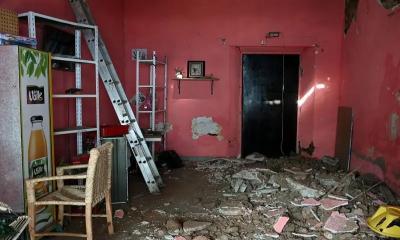
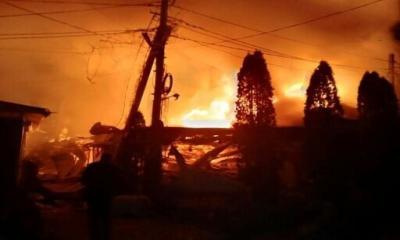

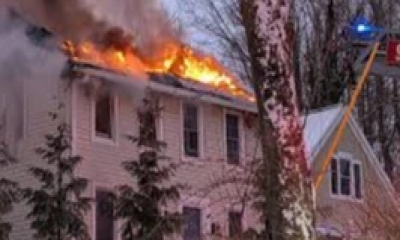
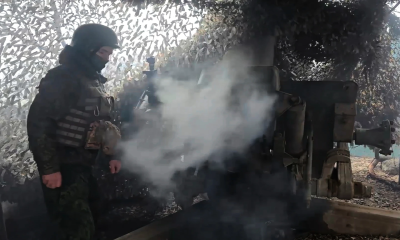

-20260103050848.jpg)


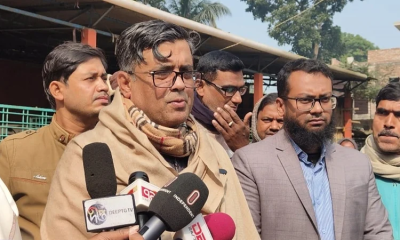

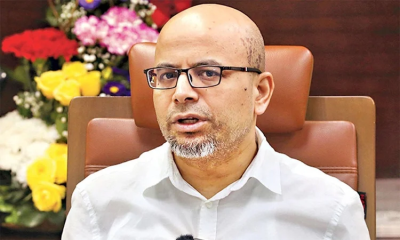



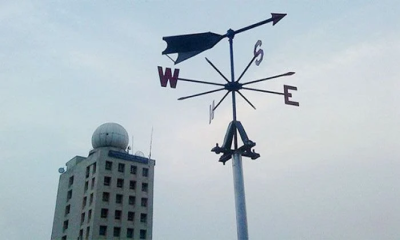
-(2)-20260102070806.jpeg)




-20251227141313.jpeg)



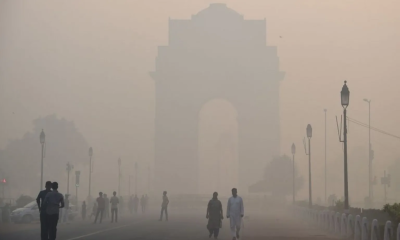

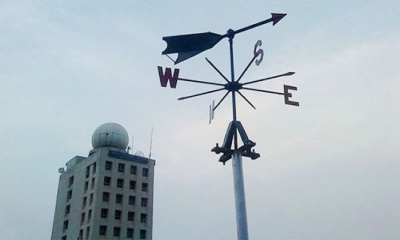

-20251229113834.jpg)

-20251228081840.jpeg)
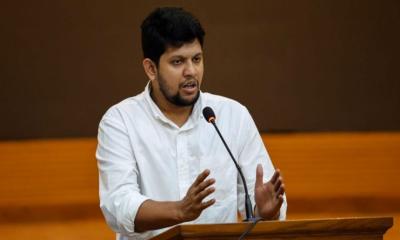
-20251228081915.jpg)